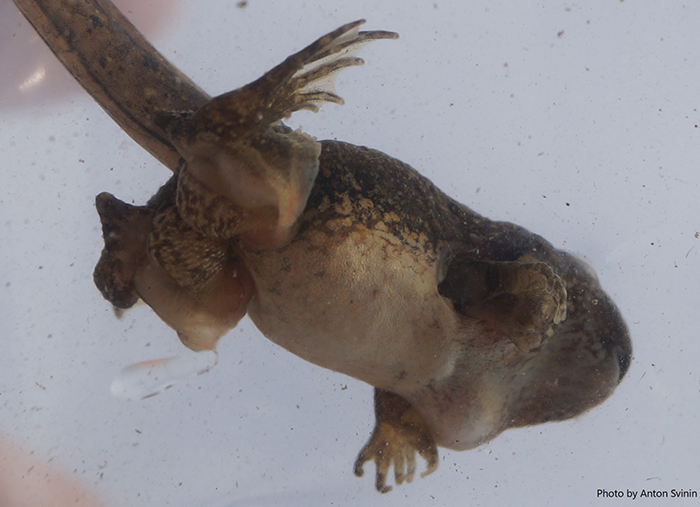
A group of researchers from IEE RAS, Mari and Penza State Universities, the Institute of Cytology of the Russian Academy of Sciences, the Privolzhskaya Forest-Steppe State Nature Reserve and the National Museum of Natural History in Paris discovered a new variant of limb deformation in amphibians under the influence of trematodes. Previously, only two reliably proven cases of morphological anomalies in amphibians under the influence of trematodes were known: in North America, the trematode Ribeiroia ondatrae causes the development of extra limbs and various limb deformities in amphibians, while Acanthostomum burminis leads to different variants of amelia, i.e. lack of limbs.
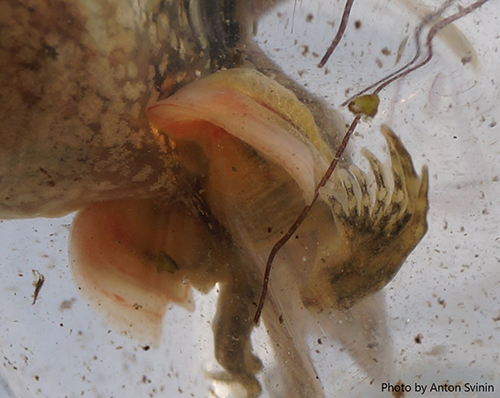
The new variant was discovered after studying morphological anomalies in green frogs, known as the "anomaly P" and described in the late 40s - early 50s of the XX century by the famous French scientist and writer Jean Rostand. Anomaly P is a complex polymorphic syndrome that includes two main types of deformities: polydactyly (an increase in the number of fingers), as a milder variant, and severe forms, including tumor-like outgrowths and shortening of the extremities (brachymelia), the presence of bony outgrowths and polydactyly, creating a "brush" of more than 7 fingers. Jean Rostand studied the anomalies for 20 years, trying to understand the causes of these deformities, but he could not accurately establish them, suggesting the viral nature of the deformities. Despite the frequent occurrence of polydactyly in green frogs, scientists since the end of Jean Rostand's activity in the 70s have not been able to detect severe forms. In 2016, a team found massive polydactyly, and then the first (since the 70s) variants of severe forms of the anomaly P, which was confirmed by Professor A. Dubois, a student of Jean Rostand, who worked with him on this problem.
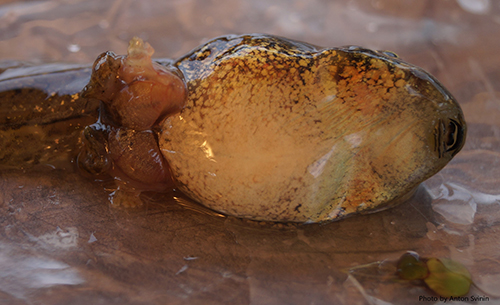
Detailed studies have revealed that an anomaly occurs when keeping tadpoles of green frogs with planorbid molluscs. Having studied the species composition of trematodes parasitizing at larval stages in mollusks, the researchers identified a spectrum of species that are most suitable for the role of an infectious agent.

Leonid A. Neymark, Anton O. Svinin, Ivan V. Bashinskiy,M.M Zaks, 4, Oleg A. Ermakov
Direct experiments on infecting tadpoles with various doses of cercariae have revealed that polydactyly and severe forms of anomaly P are caused by the influence of the trematode Strigea robusta. Trematode species were identified both by morphology and by molecular genetic methods (markers ITS2 and 28S rRNA). It was found that this species also reduces the survival rate of tadpoles, and the manifestation of the anomaly P was discovered to be dependent on the stage of development, the dose of cercariae, and the localization of metacercariae in the tadpole.
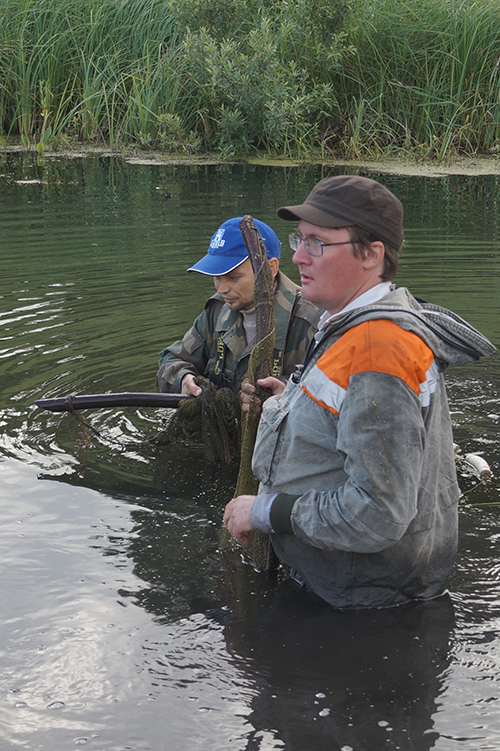
Vitalij V. Osipov and Ivan V. Bashinskiy
You may read an article "Strigea robusta causes polydactyly and severe forms of Rostand’s anomaly P in water frogs" here.
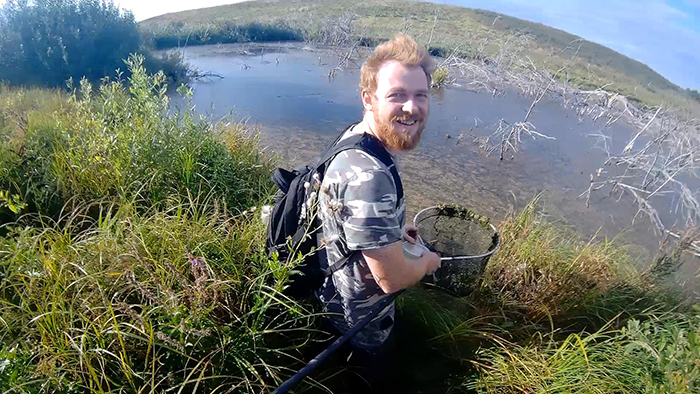
Anton O. Svinin
